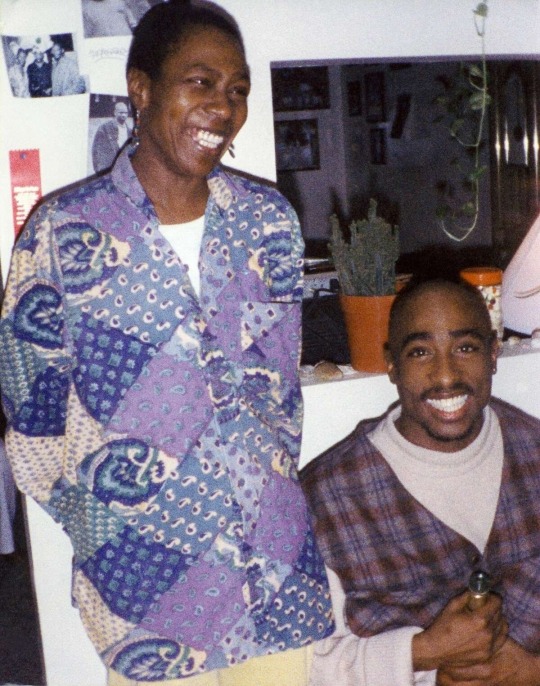#afeni shakur
Text
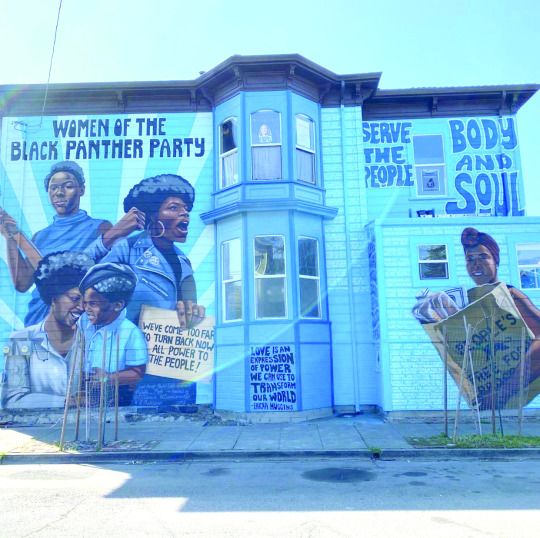
#BLACKPANTHERPARTYOFSELFDEFENSE#BLACK PANTHER PARTY OF SELF DEFENSE#MELANIN#MELANAIRE#BLACK OWNED BUSINESS#OCTOBER 15 1966#BLACKNIFICENT#2pac Shakur#BLACK IS BEAUTIFUL#MELANATED#AFENI SHAKUR#ASSATA SHAKUR#KATHLEEN CLEAVER#JOY DEGRUY#STACY TISDALE#WOMEN OF THE BLACK PANTHER PARTY#BLACK LIBERATION ARMY#FREE THE POLITICAL PRISONERS#AFRICA#marcus garvey#marpessa dawn#madison calley#madam cj walker#lois mailou jones#BLACK FAMILY#BLACK MAN WOMAN AND CHILD#blaxploitation#NZINGA#REPLACE WHITE SUPREMACY#NEELY FULLER JR
72 notes
·
View notes
Text


70 notes
·
View notes
Text
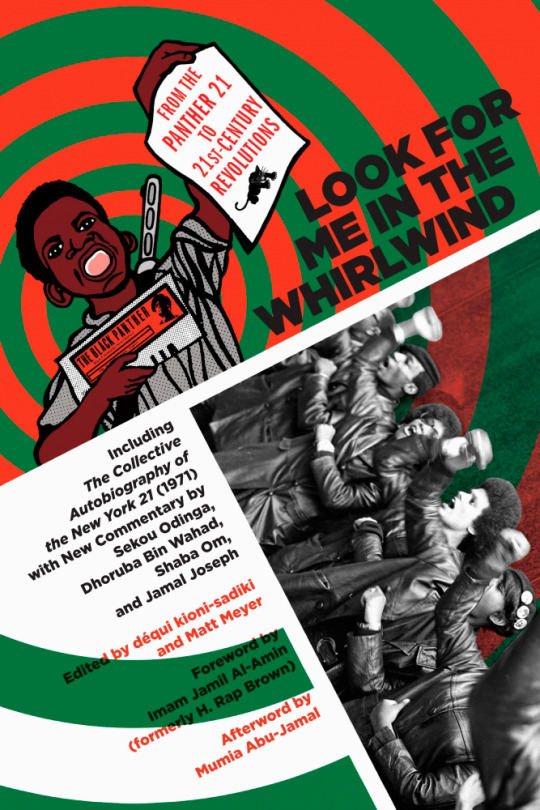
Look for Me in the Whirlwind: From the Panther 21 to 21st-Century Revolutions, PM Press, Oakland, CA, 2017, Paperback / e-Book
Edited by déqui kioni-sadiki and Matt Meyer, Foreword by Imam Jamil Al-Amin, Afterword by Mumia Abu-Jamal, with New Commentary by Sekou Odinga, Dhoruba Bin Wahad, Shaba Om, and Jamal Joseph, Text(s) by Sundiata Acoli, Assata Shakur, Bilal Sunni-Ali, Ali Bey Hassan, Michael "Cetewayo" Tabor, Kuwasi Balagoon, Afeni Shakur
Photo Sections with original works by Stephen Shames, and David Fenton
#graphic design#book#déqui kioni sadiki#matt meyer#imam jamil al amin#mumia abu jamal#sekou odinga#dhoruba bin wahad#shaba om#jamal joseph#sundiata acoli#assata shakur#bilal sunni ali#ali bey hassan#michael cetewayo tabor#kuwasi balagoon#afeni shakur#stephen shames#david fenton#marcus garvey#pm press#2010s
23 notes
·
View notes
Text

— Afeni Shakur
17 notes
·
View notes
Text
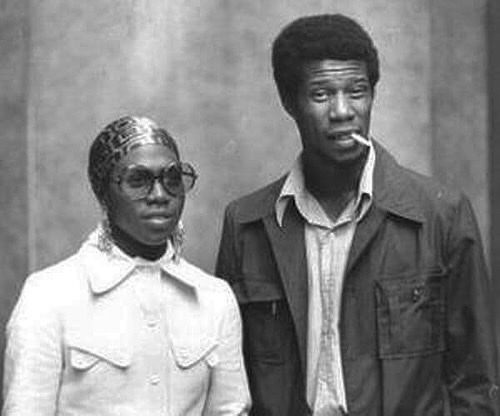

Blessings To The Incomparable Sekou Odinga
CARTER Magazine
#sekou odinga#afeni shakur#mos def#yasiin bey#carter magazine#carter#historyandhiphop365#wherehistoryandhiphopmeet#history#cartermagazine#today in history#staywoke#blackhistory#blackhistorymonth
16 notes
·
View notes
Text
#talkin#tik tok#rap#hip hop#music#tupac#north carolina#lumbee#native resistance#afeni shakur#activism
152 notes
·
View notes
Text

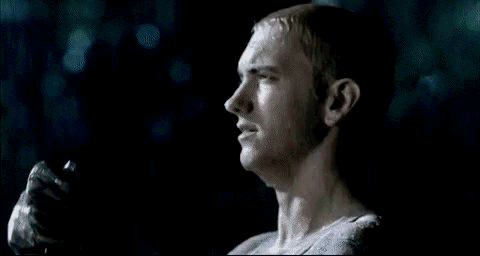
#african#afrakan#kemetic dreams#brownskin#afrakans#africans#afeni shakur#dear mama#cleaning out my closet#Eminem#epic video#50cent
58 notes
·
View notes
Text


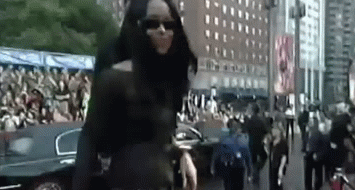

#OnThisDay Thursday, September 9, 1999
Aaliyah attends the '99 MTV Video Music Awards (VMA's) honoring the best music videos from June 13, 1998, to June 11, 1999. The show was hosted by Chris Rock at the Metropolitan Opera House in New York City
For the PRESHOW, Aaliyah mentions that she is wearing an outfit by designer Gianfranco Ferré, and in a few red carpet interviews she would mention that she was highly interested in running Trent Reznor of Nine Inch Nails and somewhere along the way during the event, WWF (now known as WWE) would interview her and she would disclose that her favorite wrestler was Mick Foley's character, 'ManKind'.
Sadly, Aaliyah's "Are You That Somebody" would lose to Lauryn Hill's "Doo Wop" and Madonna's "Beautiful Strangers".
Highlights of the show included Diana Ross jiggling Lil' Kim's exposed breast and The mothers of slain rappers Tupac Shakur and The Notorious B.I.G., Afeni Shakur and Voletta Wallace, came together to present the Best Rap Video Award.
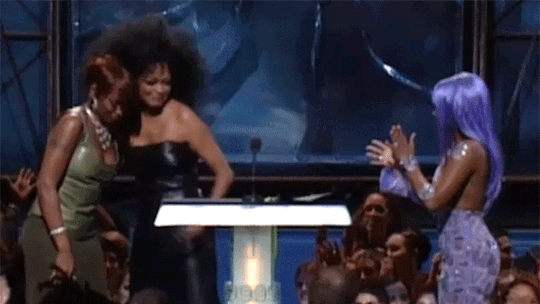
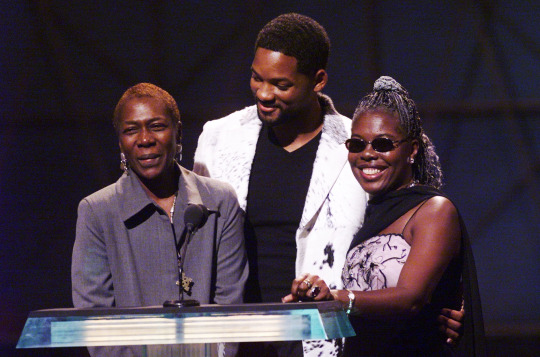
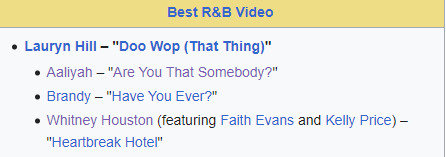

#aaliyah#aaliyahhaughton#rip aaliyah#vmas#mtv vmas#vmas 1999#lil kim#mary j blige#diana ross#will smith#tupac shakur#notorious big#afeni shakur#Voletta Wallace#wwe#mick foley#mankind
13 notes
·
View notes
Text

Unveiling the Powerhouse: The Inspiring Legacy of Afeni Shakur
#afeni shakur#2pac#tupac#tupac shakur#hip hop#hip hop culture#black panther party#civil rights#black power#black excellence#black experience#activist#makaveli#black tik tok#tik tok
4 notes
·
View notes
Text
Stephen Shames had just turned 20 when he visited the headquarters of the Black Panther party in Oakland, California, and showed some of his recent photographs to Bobby Seale, co-founder and main spokesman for the organisation. Though Shames was still finding his way as a photographer, Seale liked what he saw and decided to use some of the pictures in the Black Panther newspaper. So it was that a young white guy from Cambridge, Massachusetts became the official chronicler of the Black Panthers from 1967 to 1973, documenting their community programmes, protests, rallies, arrests and funerals at close hand.
“The Panthers were never a black nationalist organisation,” says Shames, now 74. “They formed alliances with many black writers and activists and their whole legal team was white. They were not out to get white people, as the American government insisted. They were a revolutionary organisation who worked with anybody they felt was sincerely trying to change the system to benefit poor people and create a more just society.”

Since that time, Shames has published two photobooks about that struggle – The Black Panthers (2006) and Power to the People: the World of the Black Panthers (2016) – as well as several other titles that attest to a life of activism and deep engagement with his subjects. Next month, he will complete his trilogy on that era with a book that, as he puts it, is “long overdue”. Co-authored with former Black Panther Ericka Huggins, who is now a writer and educator, Comrade Sisters: Women of the Black Panther Party is a dynamic visual and oral testament to the crucial role played by women in a revolutionary group whose figureheads, with a few exceptions, were men.
In her foreword to the book, the activist and author Angela Davis points out that 66% of the membership of the Black Panthers was female. She writes: “Because the media tended to focus on what could be easily sensationalised … There has been a tendency to forget that the organising work that truly made the Black Panther Party relevant to a new era of struggle for liberation was largely carried out by women.”

The book is a powerful record of an intense period of grassroots activism and political engagement, a counter-narrative to the one propagated by J Edgar Hoover, the head of the FBI, who called the Panthers “the greatest threat to the internal security of the country”. Like the Black Panther men, the women members tended to look both stylish and dramatic, often sporting afros and at times wearing the black leather jackets and berets that were the Panther uniform. “Most young people are photogenic,” says Shames, “but the Panthers were charismatic. It was something to do with the pride they instilled in their people. Rather than treating them as a problem, as the government did, they gave them a sense of faith and pride and I really think that shines through in the photographs.”
Shames’s extraordinary access allowed him to capture fly-on-the-wall shots of young women at protest rallies, but also carrying out on-the-ground organising of various Black Panther community initiatives, including the Free Breakfast for Children Program, the People’s Free Ambulance Service and the People’s Free Medical Clinics, which offered medical care, including sickle-cell anaemia testing. Though the series is punctuated by images of well-known female members – Kathleen Cleaver (law professor and former communications secretary for the party), Elaine Brown (prison activist, writer and former chair of the party), and the late Afeni Shakur (political activist and mother of rapper Tupac Shakur) – most of the testimonies come from ordinary black women whose youthful engagement with the Black Panthers remains the most empowering moment of their lives.

Carol Henry, who joined the Oakland chapter of the Panthers, recalls: “I joined the BPP when I was 20 years old. I lived in a part of town where the Free Breakfast for School Children Program ran. We got up at 3am; it was a real mission, but it was beautiful. We gave those children a full breakfast every day. Cooking that breakfast was the most memorable part, because everybody got up so early and everybody worked together.” Another woman, Barbara Easley-Cox, who was in the Philadelphia chapter, remembers: “Love is what tied me to the party; it exemplified how I understood love. And that is: you have to love people, to serve them. I was so loved. So blessed on this earth because of my sisters, all of us, who came into the party. It’s lacking today, when I look out on this landscape in America.”
As co-author, Ericka Huggins wrote the introductory essay and tracked down, as she puts it, “the women who were there and whose individual testimonies we could use to evoke how extraordinary that time was for many of us”. Huggins’s own moment of political awakening was seismic. Aged 18, and a student at Lincoln University in Philadelphia, she picked up a copy of the radical leftist magazine Ramparts and saw a photograph of a young black man strapped to a hospital gurney with a bullet wound in his stomach. Next to him, a policeman stood grinning at the camera. On reading the accompanying report, she found out that the young man was Huey P Newton, a co-founder of the party, who had authored the party’s 10-point manifesto with Seale in 1966. “I studied the picture for some time,” she recalled years later, “I didn’t have tears for it, I was so appalled.”

The following day, she left a note for her friend and fellow student John Huggins that read: “I am going to California if I have to walk. I am going to find Huey Newton and work in his defence. Are you coming?”
The pair subsequently drove across the country to Los Angeles, where they joined the local Black Panther chapter, which then comprised around 20 members. They were married soon afterwards and initially worked at whatever task was necessary: answering phones, selling newspapers, writing letters to politicians and talking to potential financial donors. Not long after their arrival in California, they attended the funeral of 17-year-old Bobby Hutton, who had been killed in disputed circumstances during a shoot-out between the Panthers and the Oakland police. “The person waiting in line next to me to pay his respects was Marlon Brando,” says Huggins. “He looked as heartbroken as I felt.”
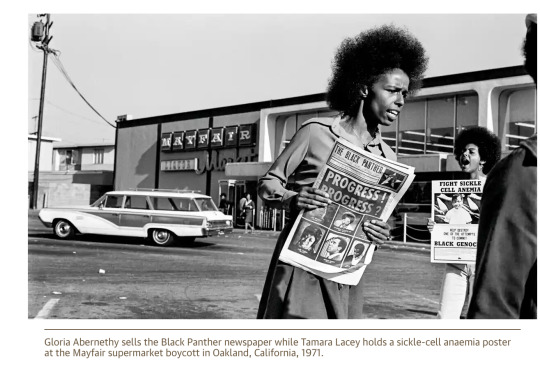
The killing was an augury. In January 1969, her husband, who had become a leader of the Los Angeles Black Panthers, was assassinated on the campus of UCLA by alleged members of a black nationalist group, the US Organization. The killing was thought by many in the black community to be linked to the Cointelpro programme that was being conducted clandestinely and illegally by the FBI against the Black Panthers. In December that year, Black Panthers Fred Hampton and Mark Clark were killed in an FBI-orchestrated raid on Hampton’s apartment.
Widowed with a three-week old daughter, Huggins moved to her husband’s home town of New Haven, Connecticut and, alongside Kathleen Cleaver and Elaine Brown, organised a branch of the Black Panther party there. In 1969, she was arrested alongside Bobby Seale, and charged with murder, kidnapping and conspiracy but, after a lengthy trial, the charges were dismissed in May 1971.

“The word ‘conspiracy’ was used a lot at the time,” she says now, calmly. “We spent time in jail for a murder we did not commit or have anything to do with. The system, then as now, was punitive. We were punished before we even entered the courtroom and their aim was to keep us in prison for ever…”
Did her time in prison dent the sense of optimism and empowerment she had experienced when she joined the Black Panthers? “My optimism was dented by my husband being killed,” she replies, “and by not being able to see my daughter except for a single hour every Saturday. But I chose not to let it break my spirit. When I was in solitary and grieving, I taught myself to meditate in a way that brought me into a deeper focus, so that when I went to court I could be really present. It’s a practice I have kept to this day.”

Huggins insists that her experience was not exceptional and that it “helped me help the women I contacted to tell their stories, because it’s hard sometimes to go back”. Alongside Shames’s powerful images of a moment of black activism that echoes through the decades to this day, those stories evoke a time in which young black women experiencedlifechanging personal empowerment and collective possibility.
“These are not war stories,” says Huggins, who spent 14 years as a Black Panther, making her the longest serving woman in their history. “They are stories of service to humanity. The reason they are so striking, touching and inspiring is because you can sense how beautiful and alive the women were in that moment. Every function of the government that could do harm to us did so, but we kept stepping out and stepping up, because we were giving our communities what had never been given. I think all the women in the book realise that, because they can remember how great they felt back then, what they learned, and what was indelibly imprinted on their minds and in their hearts. The book is our legacy.”
Comrade Sisters: Women of the Black Panther Party by Stephen Shames and Ericka Huggins will be published by ACC Art Books on 9 October. There will also be a book signing and talk on 9 October at Marcus Books in Oakland with the co-authors and special guest Angela Davis, 2-4pm
#Black Panther Party#Stephen Shames#Women in revolutionary organizations#Earlene Coleman#Giving school children a free breakfast started with the black panthers#Ericka Huggins#Comrade Sisters: Women of the Black Panther Party#Kathleen Cleaver#Elaine Brown#afeni shakur#sickle-cell anaemia awareness#May 1971
62 notes
·
View notes
Text
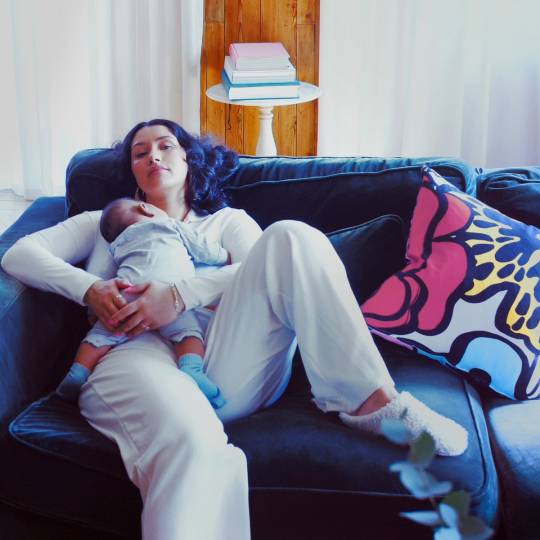
Cleo Sol
#cleo sol#gold#rnb#sade#swv#melanin#blaxploitation#black culture gettin exploited#black family#2pac shakur#black panther party of self defense#melanated#marcus garvey#afeni shakur#black art#motown#monica#toni braxton#alternative#tems#sza#jorja smith#britian#usa#nyc#oakland#africa#caribbean#rihanna#alternative r&b
32 notes
·
View notes
Text
This Afeni and Tupac Shakur documentary, “Dear Mama” on Hulu, is 🔥 🔥 🔥
13 notes
·
View notes
Photo


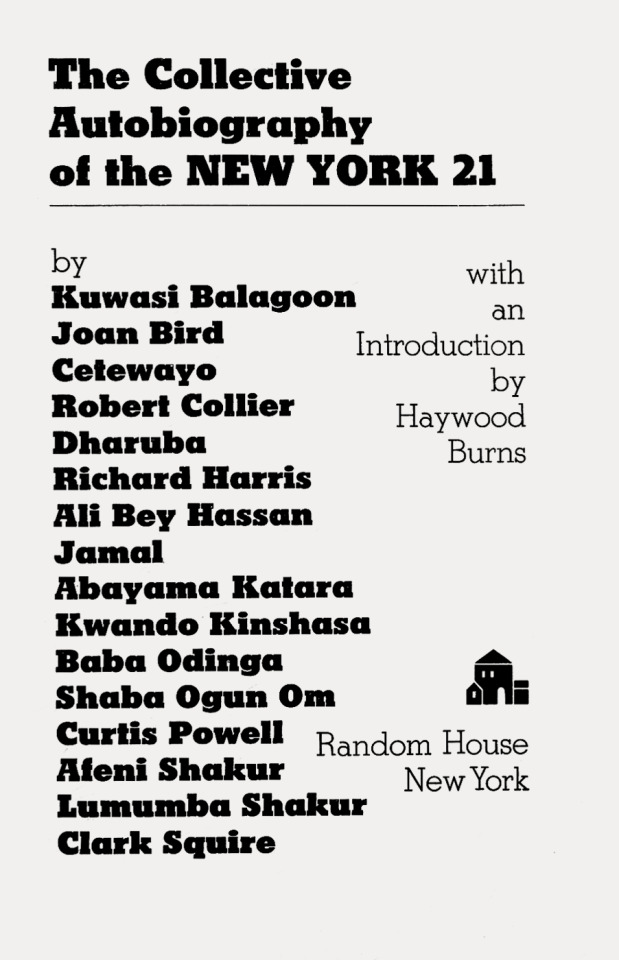

Look for Me in the Whirlwind. The Collective Autobiography of the New York 21, with an Introduction by Haywood Burns, Random House, New York, NY, 1971. Jacket Design by Adelson & Eichinger Inc.
Plus:
Look for Me in the Whirlwind: From the Panther 21 to 21st-Century Revolutions, Edited by déqui kioni-sadiki and Matt Meyer, Foreword by Imam Jamil Al-Amin, Afterword by Mumia Abu-Jamal, with New Commentary by Sekou Odinga, Dhoruba Bin Wahad, Shaba Om, and Jamal Joseph, Text(s) by Sundiata Acoli, Assata Shakur, Bilal Sunni-Ali, Ali Bey Hassan, Michael “Cetewayo” Tabor, Kuwasi Balagoon, Afeni Shakur, Photo Sections with original works by Stephen Shames, and David Fenton, PM Press, Oakland, CA, 2017
Kuwasi Balagoon, December 22, 1946 / 2022
#graphic design#typography#book#cover#book cover#black panther party#bpp#kuwasi balagoon#birthday anniversary#afeni shakur#lumumba shakur#sundiata acoli#ali bey hassan#dhoruba bin wahad#jamal joseph#curtis powell#richard harris#joan bird#michael cetewayo tabor#abayama katara#kwando kinshasa#sekou odinga#shaba om#haywood burns#adelson & eichinger inc.#random house#pm press#1940s#1970s#2010s
43 notes
·
View notes
Text
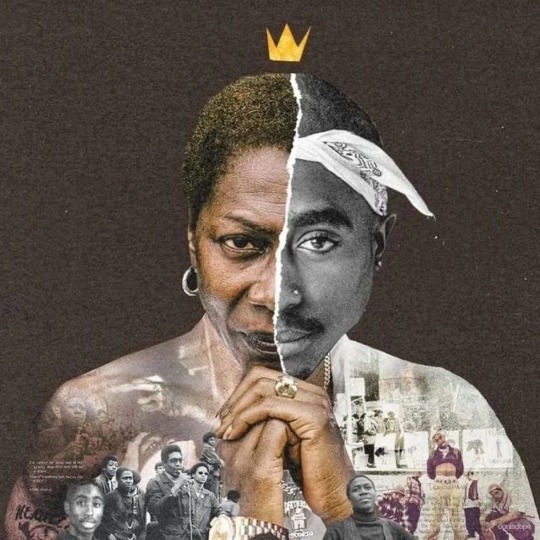
7 notes
·
View notes
